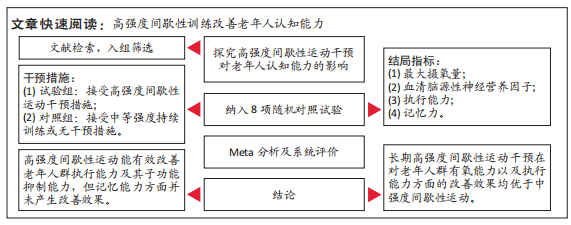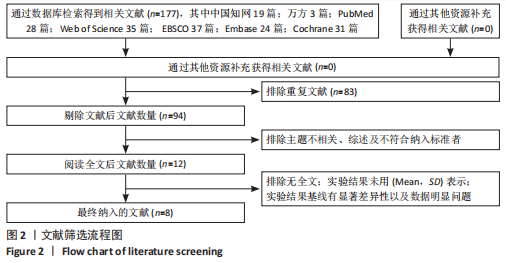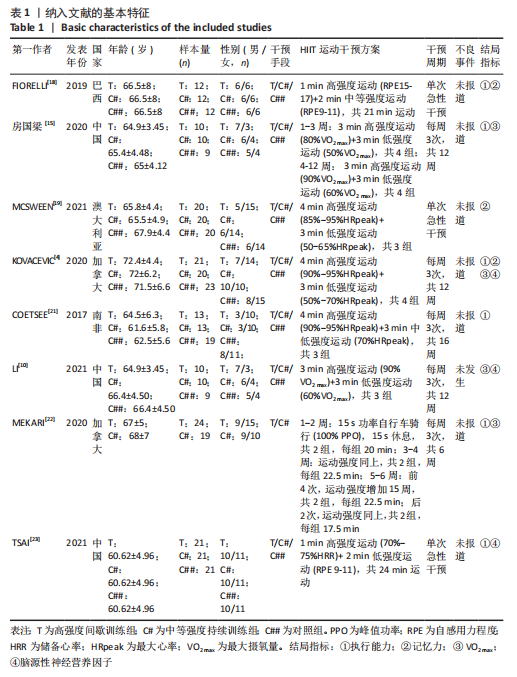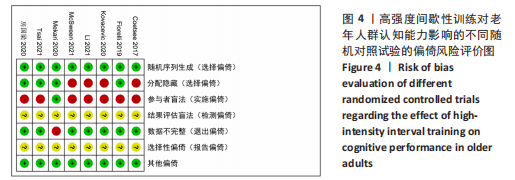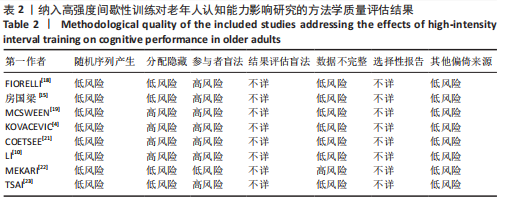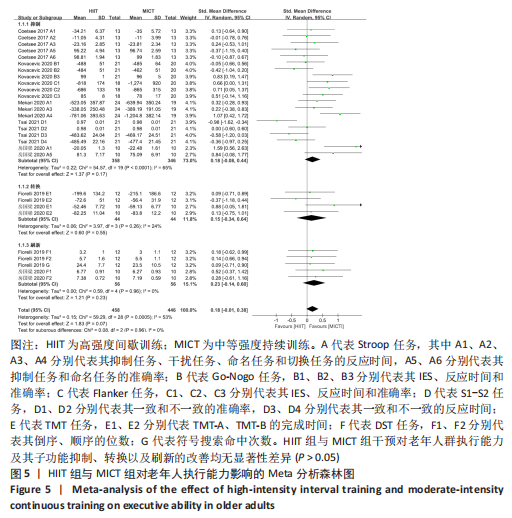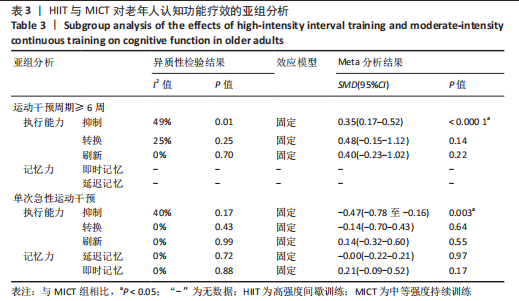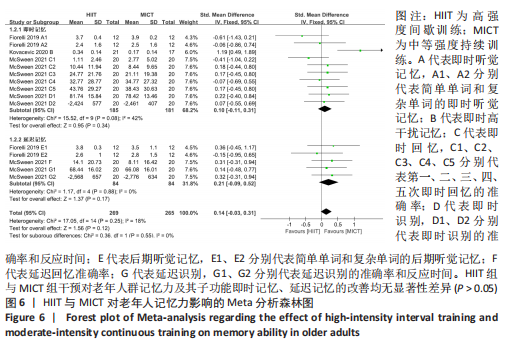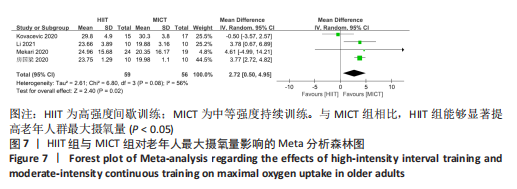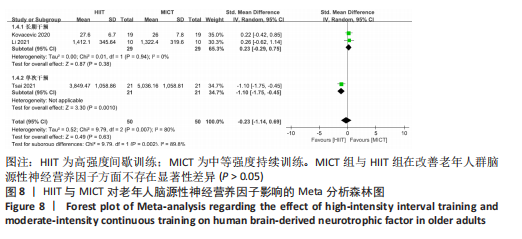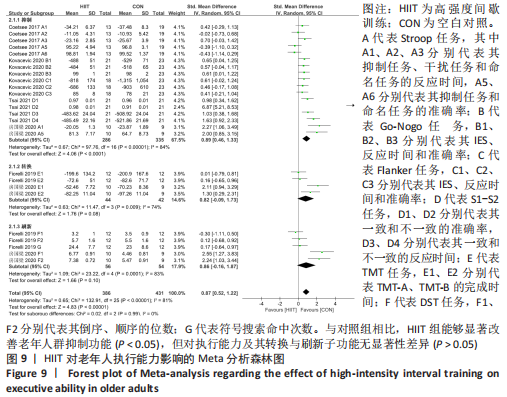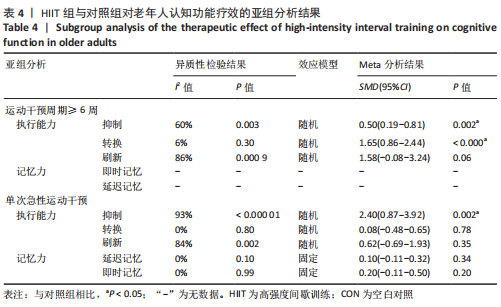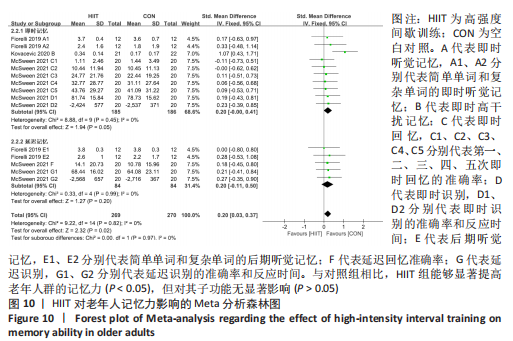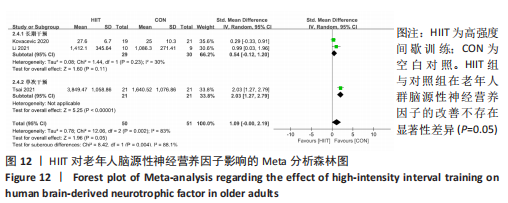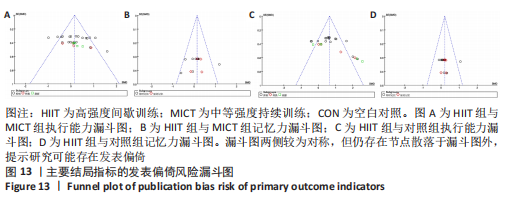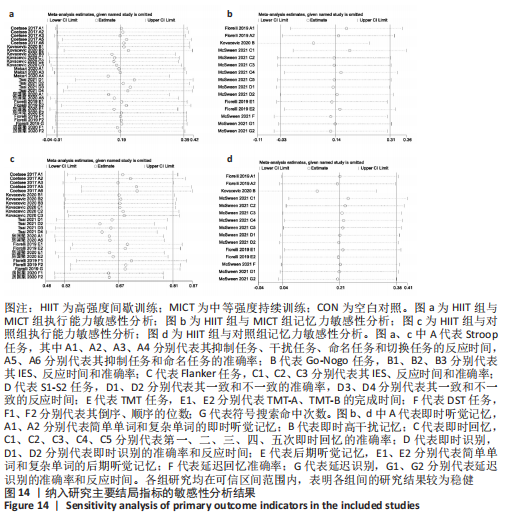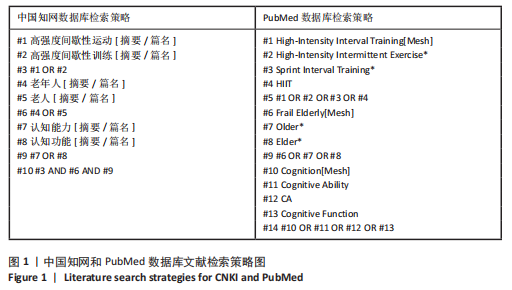[1] 杨涵墨.中国人口老龄化新趋势及老年人口新特征[J].人口研究,2022,46(5):104-116.
[2] WARD A, ARRIGHI HM, MICHELS S, et al. Mild cognitive impairment: disparity of incidence and prevalence estimates. Alzheimers Dement. 2012,8(1):14-21.
[3] LINDBERGH CA, DISHMAN RK, MILLER LS. Functional disability in mild cognitive impairment: a systematic review and meta-analysis. Neuropsychol Rev. 2016;26(2):129-159.
[4] KOVACEVIC A, FENESI B, PAOLUCCI E, et al. The effects of aerobic exercise intensity on memory in older adults. Appl Physiol Nutr Metab. 2020; 45(6):591-600.
[5] PETERSEN RC, DOODY R, KURZ A, et al. Current concepts in mild cognitive impairment. Arch Neurol. 2001;58(12):1985-1992.
[6] CLARK LR, SCHIEHSER DM, WEISSBERGER GH, et al. Specific measures of executive function predict cognitive decline in older adults. J Int Neuropsychol Soc. 2012;18(1):118-127.
[7] WINBLAD B, AMOUYEL P, ANDRIEU S, et al. Defeating Alzheimer’s disease and other dementias: a priority for European science and society. Lancet Neurol. 2016;15(5):455-532.
[8] LUPPA M, LUCK T, WEYERER S, et al. Prediction of institutionalization in the elderly. A systematic review. Age Ageing. 2010;39(1):31-38.
[9] COLCOMBE SJ, ERICKSON KI, SCALF PE, et al. Aerobic exercise training increases brain volume in aging humans. J Gerontol A Biol Sci Med Sci. 2006;61(11):1166-1170.
[10] LI X, HAN T, ZOU X, et al. Long-term high-intensity interval training increases serum neurotrophic factors in elderly overweight and obese Chinese adults. Eur J Appl Physiol. 2021;121(10): 2773-2785.
[11] GUINEY H, MACHADO L. Benefits of regular aerobic exercise for executive functioning in healthy populations. Psychon Bull Rev. 2013;20(1): 73-86.
[12] ANGEVAREN M, VANHEES L, WENDELVOS W, et al. Intensity, but not duration, of physical activities is related to cognitive function. Eur J Cardiovasc Prev Rehabil. 2007;14(6):825-830.
[13] BURGOMASTER KA, HOWARTH KR, PHILLIPS SM, et al. Similar metabolic adaptations during exercise after low volume sprint interval and traditional endurance training in humans. J Physiol. 2008;586(1):151-160.
[14] 刘建秀,方雯,王帝之,等.高强度间歇训练促进儿童青少年健康:现状·机制·可行性[J]. 体育科学,2019,39(8):61-72.
[15] 房国梁,张漓,韩天雨,等.高强度间歇训练对老年人认知功能的影响[J]. 中国体育科技, 2020,56(11):32-37.
[16] 胡静芸,蔡明,商庆慧,等.高强度间歇训练改善认知功能及其机制研究进展[J]. 生理学报, 2021,73(1):126-136.
[17] ANGEVAREN M, AUFDEMKAMPE G, VERHAAR HJ, et al. Physical activity and enhanced fitness to improve cognitive function in older people without known cognitive impairment. Cochrane Database Syst Rev. 2008;16(3):CD005381.
[18] FIORELLI CM, CIOLAC EG, SIMIELI L, et al. Differential acute effect of high-intensity interval or continuous moderate exercise on cognition in individuals with Parkinson’s disease. J Phys Act Health. 2019;16(2):157-164.
[19] MCSWEEN MP, MCMAHON KL, MAGUIRE K, et al. The acute effects of different exercise intensities on associative novel word learning in healthy older adults: a randomized controlled trial. J Aging Phys Act. 2021;29(5):793-806.
[20] 谷鸿秋,王杨,李卫.Cochrane偏倚风险评估工具在随机对照研究Meta分析中的应用[J]. 中国循环杂志,2014,29(2):147-148.
[21] COETSEE C, TERBLANCHE E. The effect of three different exercise training modalities on cognitive and physical function in a healthy older population. Eur Rev Aging Phys Act. 2017;14:13.
[22] MEKARI S, NEYEDLI HF, FRASER S, et al. High-intensity interval training improves cognitive flexibility in older adults. Brain Sci. 2020;10(11): 796.
[23] TSAI CL, PAN CY, TSENG YT, et al. Acute effects of high-intensity interval training and moderate-intensity continuous exercise on BDNF and irisin levels and neurocognitive performance in late middle-aged and older adults. Behav Brain Res. 2021;413:113472.
[24] 石修权,王增珍.Egger’s test与Begg’s test的功效差异比较与原因分析[J].华中科技大学学报(医学版),2009,38(1):91-93.
[25] FREDERIKSEN KS, VERDELHO A, MADUREIRA S, et al. Physical activity in the elderly is associated with improved executive function and processing speed: the LADIS Study. Int J Geriatr Psychiatry. 2015, 30(7):744-750.
[26] DUSTMAN RE, RUHLING RO, RUSSELL EM, et al. Aerobic exercise training and improved neuropsychological function of older individuals. Neurobiol Aging, 1984;5(1):35-42.
[27] SMILEY-OYEN AL, LOWRY KA, FRANCOIS SJ, et al. Exercise, fitness, and neurocognitive function in older adults: the “selective improvement” and “cardiovascular fitness” hypotheses. Ann Behav Med. 2008;36(3):280-291.
[28] HELGERUD J, HøYDAL K, WANG E, et al. Aerobic high-intensity intervals improve VO2max more than moderate training. Med Sci Sports Exerc. 2007;39(4):665-6671.
[29] PREDOVAN D, FRASER SA, RENAUD M, et al. The effect of three months of aerobic training on stroop performance in older adults. J Aging Res. 2012. doi: 10.1155/2012/269815.
[30] AI JY, CHEN FT, HSIEH SS, et al. The effect of acute high-intensity interval training on executive function: a systematic review. Int J Environ Res Public Health. 2021;18(7):3593.
[31] DIAMOND A. Executive functions. Annu Rev Psychol. 2013;64:135-168.
[32] 陈天勇,韩布新,罗跃嘉,等.认知年老化与执行衰退假说[J].心理科学进展,2004(5): 729-736.
[33] ERICKSON K, KRAMER AF. Aerobic exercise effects on cognitive and neural plasticity in older adults. Br J Sports Med. 2009;43(1):22-24.
[34] 金晶. 身体活动影响老年人执行功能的行为与脑特征[D].上海:上海体育学院,2021.
[35] ERICKSON K, VOSS M, PRAKASH R, et al. Exercise training improves size of hippocampus and improves memory. Proc Natl Acad Sci U S A. 2011; 108(7):3017-3022.
[36] FJELL AM, MCEVOY L, HOLLAND D, et al. What is normal in normal aging? Effects of aging, amyloid and Alzheimer’s disease on the cerebral cortex and the hippocampus. Prog Neurobiol. 2014; 117:20-40.
[37] BHERER L, ERICKSON KI, LIU-AMBROSE T. Physical exercise and brain functions in older adults. J Aging Res. 2013. doi: 10.1155/2013/197326.
[38] ANDRIANOPOULOS V, GLOECKL R, VOGIATZIS I, et al. Cognitive impairment in COPD: should cognitive evaluation be part of respiratory assessment? Breathe (Sheff). 2017;13(1):e1-e9.
[39] COLCOMBE S, KRAMER AF. Fitness effects on the cognitive function of older adults: a meta-analytic study. Psychol Sci. 2003;14(2):125-130.
[40] KRAMER AF, HAHN S, COHEN NJ, et al. Ageing, fitness and neurocognitive function. Nature. 1999;400(6743):418-419.
[41] MCAULEY E, KRAMER AF, COLCOMBE SJ. Cardiovascular fitness and neurocognitive function in older adults: a brief review. Brain Behav Immun. 2004;18(3):214-220.
[42] CASSILHAS RC, VIANA VA, GRASSMANN V, et al. The impact of resistance exercise on the cognitive function of the elderly. Med Sci Sports Exerc. 2007;39(8):1401-407.
[43] SEIFERT T, BRASSARD P, WISSENBERG M, et al. Endurance training enhances BDNF release from the human brain. Am J Physiol Regul Integr Comp Physiol. 2010;298(2):R372-R377.
|
